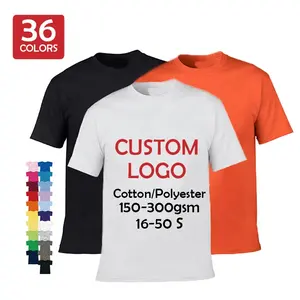
All categories
Featured selections
Trade Assurance
Buyer Central
Help Center
Get the app
Become a supplier

(159757 products available)















































Apparel standards are essential guidelines and benchmarks that govern the quality, safety, and performance of clothing products. These standards ensure that garments meet specific criteria, which not only protect consumers but also foster fair commerce in the textile and fashion industries. By adhering to these standards, manufacturers and retailers can provide assurance of excellence in their products, ultimately leading to increased customer satisfaction and brand trust.
Apparel standards vary across different categories, reflecting the diverse needs of consumers and the nature of textile products. Here are some key types: